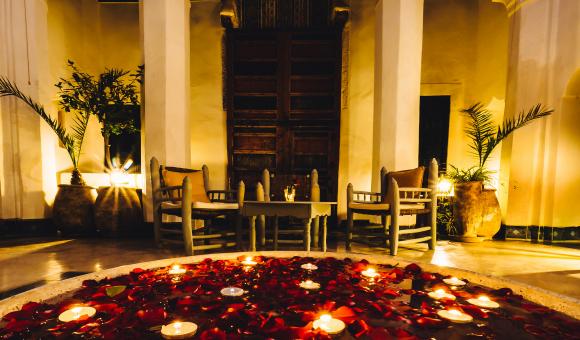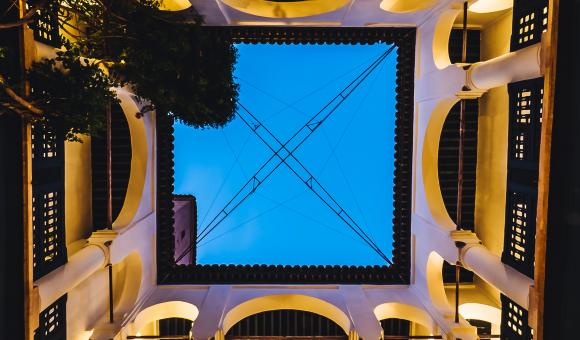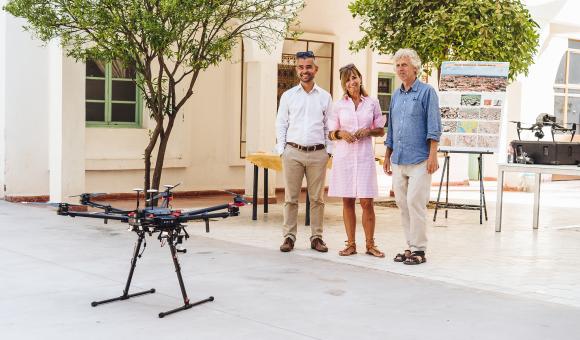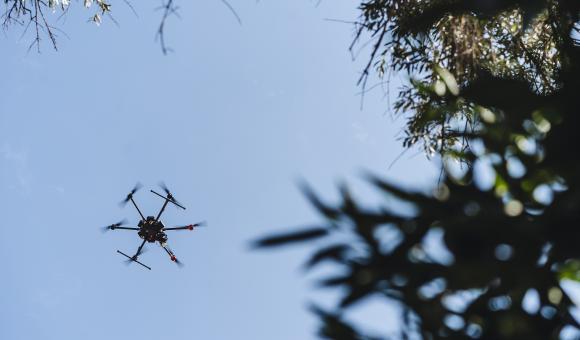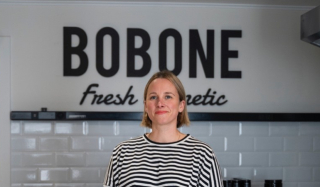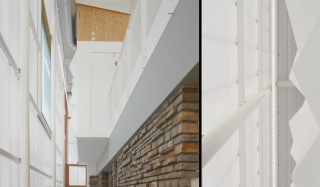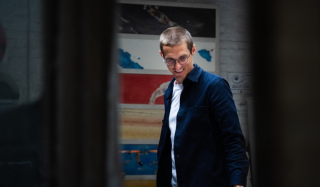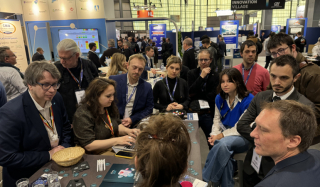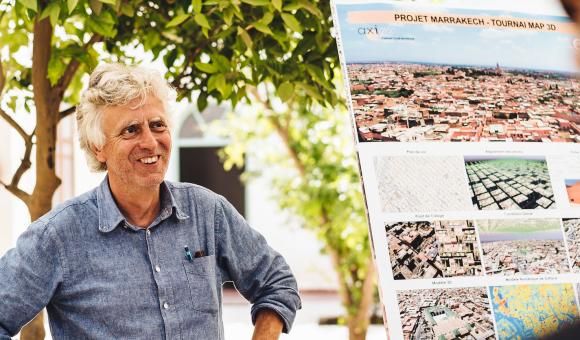
A native of Tournai and an architect by trade, Quentin Wilbaux has been living in the medina in Marrakech for over thirty years. It was there that he first became interested in the traditional houses known as "Riads".
Quentin Wilbaux is one of the first foreign and one of the most renowned specialists in Moroccan architecture. 30 years ago he drew up an inventory of these beautiful houses that still existed in the medina. He traced plans and took photographs of the buildings. Faced with the deterioration of the riads, due to a lack of maintenance and renovation, and also because these magnificent properties had been divided up, Quentin Wilbaux decided to do something about it and save this architectural heritage.
What exactly is a riad?
“A riad was originally a walled garden. Its geometric structure is based on a division into four symmetric parts. Water plays a symbolic, although essential, role in the middle of the composition, in the shape of a bowl or fountain. The water was then taken to the flowerbeds by aboveground or underground channels. This kind of garden is common to all architectural traditions in the Arab-Muslim world. In Marrakech, the enclosed garden served as the basis for the layout of the house, and became part of it. Most traditional houses in the medina in Marrakech were built around a garden where orange trees were planted. Four flowerbeds surrounded a fountain. The rooms, often on just one level, surrounded the garden. This is what riads were”.
In 1993, the restoration of "Dar El Qadi" in the purest Moroccan style was a real turning point. After this first successful experience, all renovations have been carried out in the spirit of the Moroccan architectural tradition, and more specifically that of Marrakech, employing artisans and maâlems who still use ancestral methods. These techniques require time, as transporting the materials – in a cart or on the back of a donkey along the narrow alleys of the medina – is no easy task. Today, more than 137 riads have been restored by Quentin Wilbaux in their authentic style.
His latest project, supported by the WBI, is based on the orthophotoplan method. This technique is used to make a detailed 3D plan, which enables architects to better define the features of what they are analysing so as to achieve better renovation of the sites, especially in the medina. The goal of the project is to conserve the heritage of Marrakech and use regional materials with a view to sustainable development.
Wallonie-Bruxelles International and the Ministry of Culture of Morocco are jointly supporting the "Marrakech-Tournai 3D MAP" project to produce 3D maps of the city of Tournai and the medina of Marrakech with researchers from the Catholic University of Louvain and theNational School of Architecture in Marrakech. The project enables researchers from both higher education establishments to better study the town planning and architecture of the sites in question to favour improved heritage management. Quentin Wilbaux is at the head of this innovative project on behalf of the UCL Architecture Faculty and supervises the involvement of Belgian and Moroccan students in the analysis of this new data.
